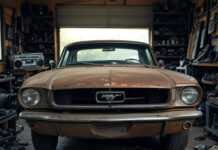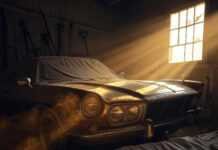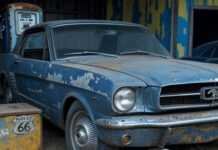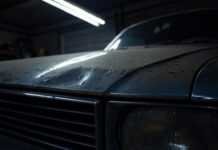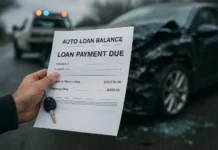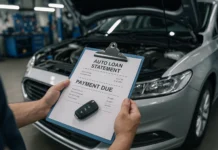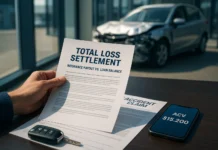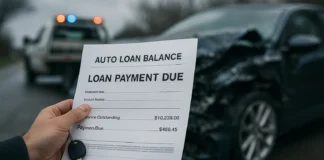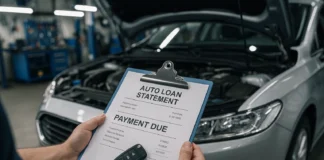1957 Chevrolet Bel Air restoration is straight-up owning my life, and I’m writing this in my Boise, Idaho garage, where it smells like rust and regret, with a side of spilled coffee. My ’57 Bel Air, this turquoise beast I found in a barn last summer, sits under a tarp, mocking me with every dent and rust hole.Like, I legit dropped a socket in the engine bay last week, spent an hour fishing it out, and cursed so loud my neighbor glared at me. 1957 Chevrolet Bel Air restoration is kicking my butt, but I’m hooked, and here’s my sloppy, honest tale of turning this Bel Air barn find into something beautiful, complete with my dumb mistakes and a few tips I wish I knew.
Why I Got Sucked Into 1957 Chevrolet Bel Air Restoration
So, I’m in this falling-apart barn outside Boise, right? Smells like moldy hay, and there’s this ’57 Bel Air, half-buried under old tires, its chrome grille winking like it’s daring me. I shelled out $7,500—probably got ripped off, but whatever, I was in love. Hagerty says Bel Air barn finds are a goldmine, but restoring them’s a nightmare. I figured I’d have it cruising by Christmas—yeah, right. The rust’s worse than I thought, the wiring’s a disaster, and I’m still finding hay in weird places. But when I run my hand over those tailfins, it’s like touching 1957, and I’m all in, even if I’m clueless.

The Total Chaos of My 1957 Chevrolet Bel Air Restoration
Vintage Chevy rebuild is no joke, man. My garage looks like a bomb went off—tools everywhere, a leaky oil can, and my cat keeps knocking over my wrench set. I messed up big early on, used the wrong paint stripper, and ended up with a rash on my arm—dumb move, didn’t read the label. ClassicCars.com says you need a plan, but I just jumped in, and now I’m $2,500 deep in parts, with a frame that’s more rust than metal. When I got the V8 running last month, I whooped so loud I woke the neighbor’s baby—then noticed I forgot to connect the fuel line. Classic me, screwing it up but still stoked.
My Hard-Won Tips for 1957 Chevrolet Bel Air Restoration
Here’s what I’ve figured out, mostly by being an idiot:
Plan for extra cash: Rust is sneaky. I found holes in the trunk that cost $600 to fix.
Tools matter: My cheap wrench rounded a bolt, and I nearly threw it across the garage. Car and Driver says get good ones.
Find your people: TriFive.com forums saved my bacon with wiring tips and folks who get it.
Chill out: Rushing the primer gave me splotches I’m still sanding.
These car restoration tips keep me from losing it. Oh, and don’t leave your energy drink on the hood—I smudged a paint job and wanted to cry.
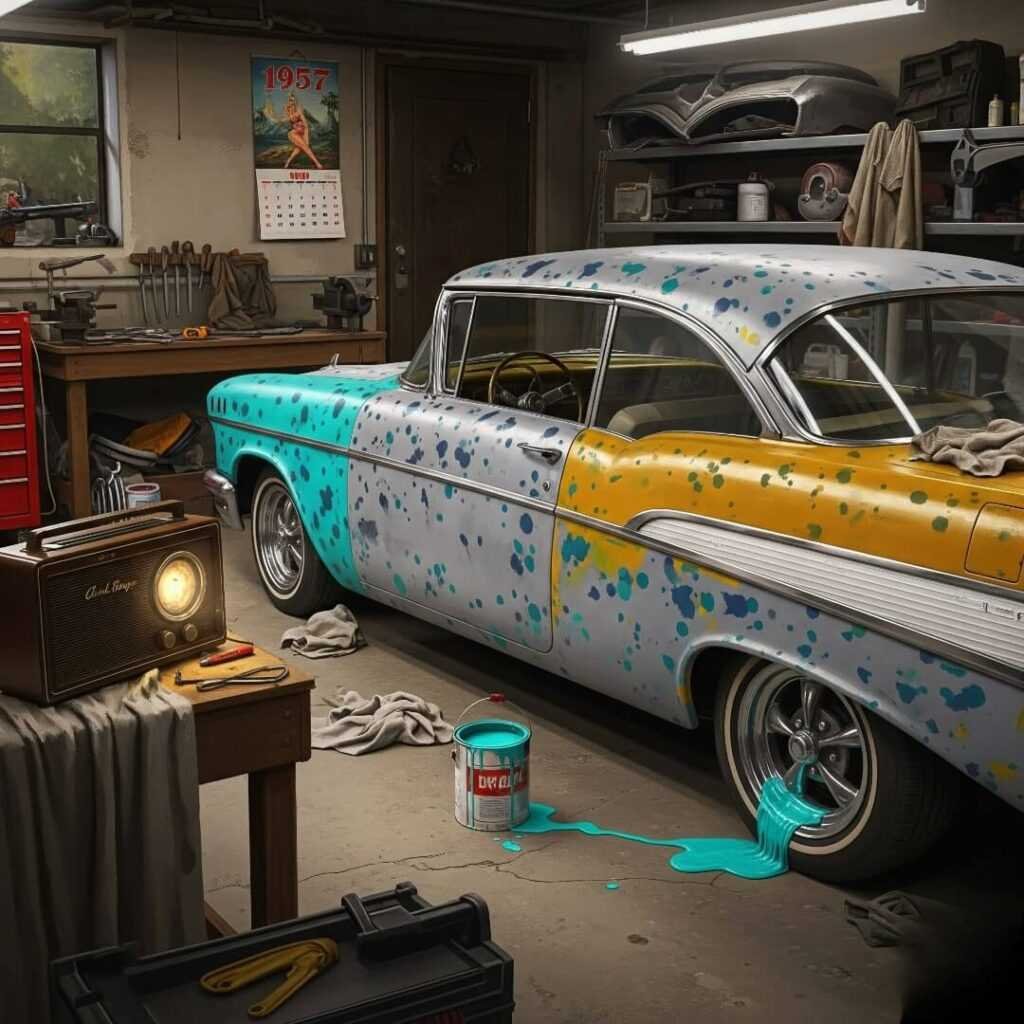
The Ups and Downs of My 1957 Chevy Project
The highs? Took the Bel Air, still half-primered, to a Boise car show, and people freaked over the chrome—felt like a rockstar. The lows? I MotorTrend says a 1957 Chevy project can take years, and I’m feeling that. Sometimes I’m like, why didn’t I just buy a new truck? But then that engine roars, and it’s like the car’s telling me, “You got this, dummy.” I’m a mess, but I’m in love.
What’s Next for My 1957 Chevrolet Bel Air Restoration
. The interior’s a wreck—seats torn, dash cracked like it’s been through a war. SEMA says the classic car market’s hot, so maybe my Bel Air’s worth something someday. I’m grinding away, one rusty bolt at a time, dreaming of cruising Boise’s streets by next fall. If I don’t accidentally set the garage on fire first.
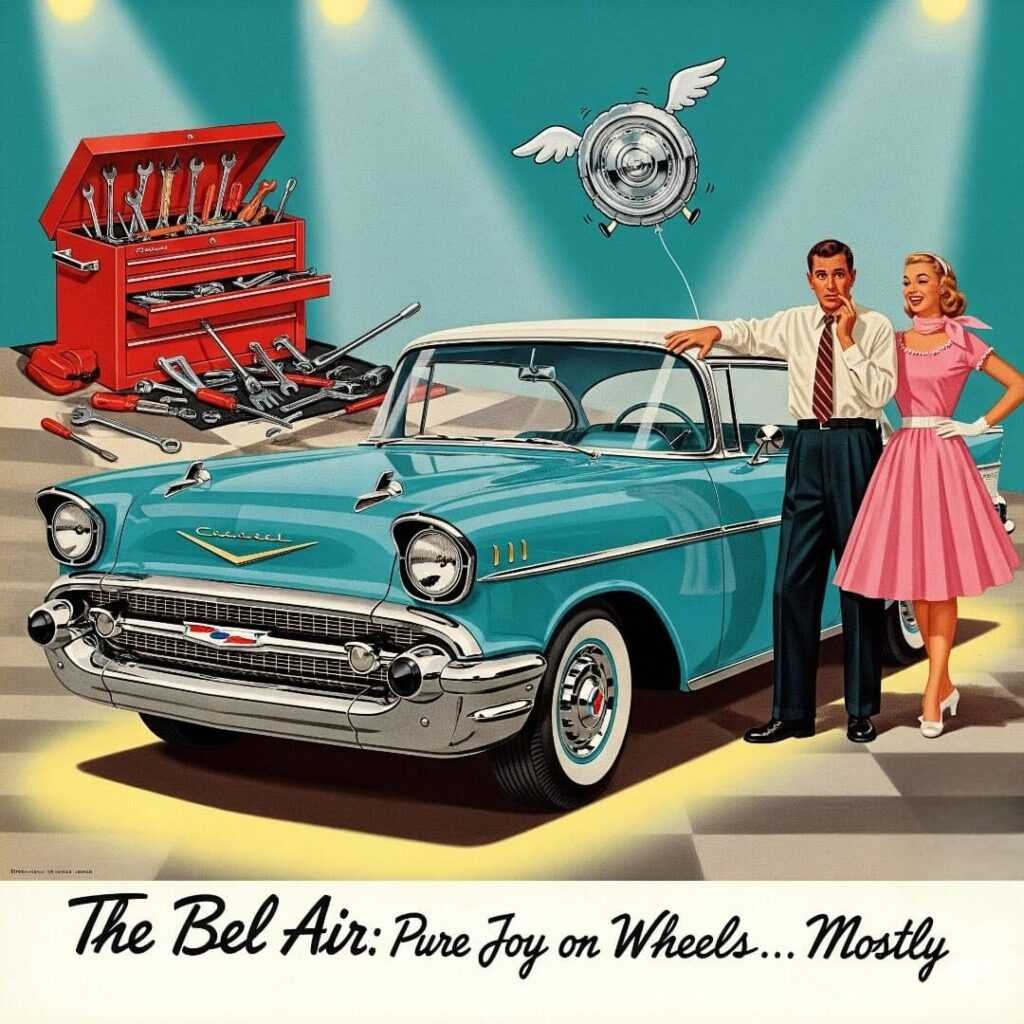
Outbound links
TriFive.com
